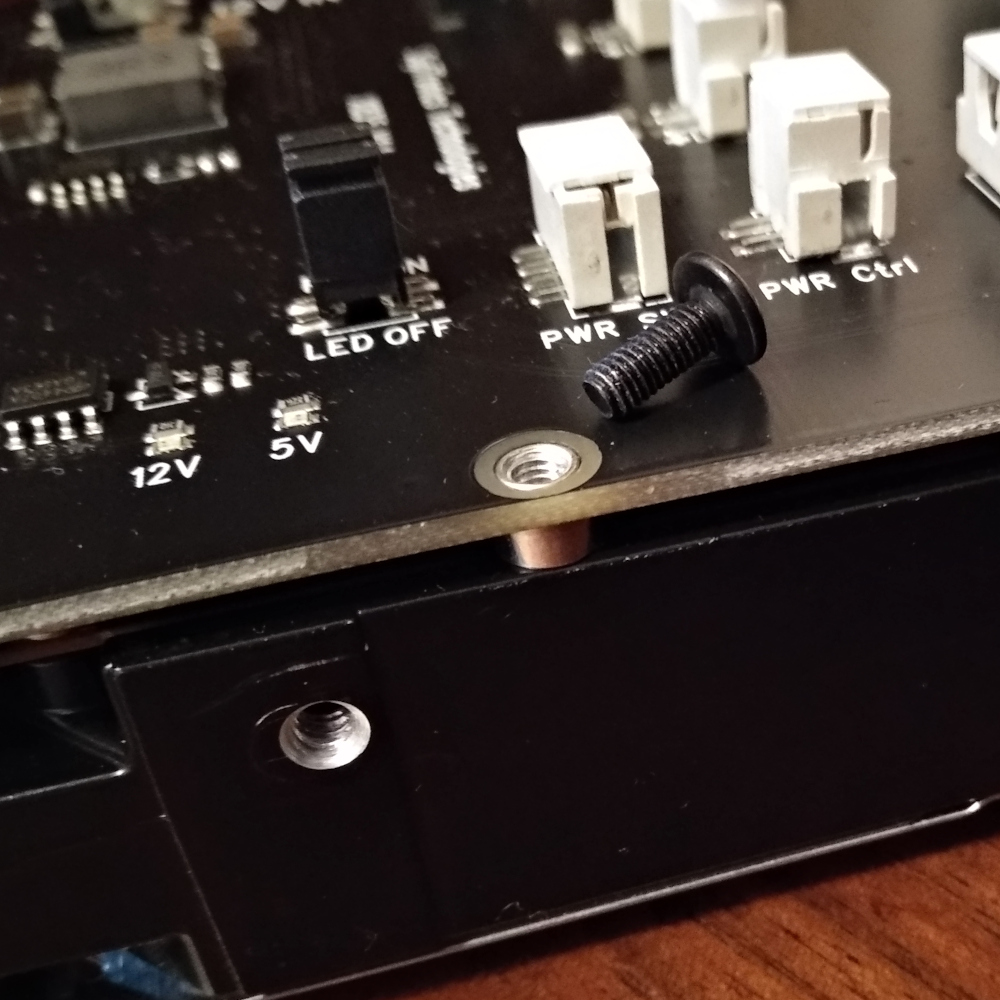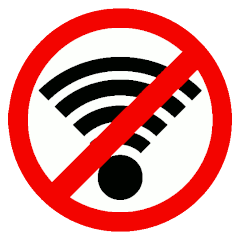Table of Contents
Raspberry Pi NAS: The X835 board
This page is about using the SupTronics X835 with the Raspberry Pi, to be used as NAS and mediacenter. See the main index at Home Mediacenter and NAS with the Raspberry Pi.
In January 2021 I purchased an HDD shield for the Raspberry Pi, it is the X835 model produced by suptronics.com. It is not so cheap: I had to pay about 32 Euros on Aliexpress for the bare board, without a power supply. The board can accomodate a 3.5 inches hard disk. I wish to build an home NAS with integrated multimedia center functions based on Kodi. The output will go to an HDMI attached 32 inches display.
Hard disk screws thread problem
 The screws used to mount 3.5 inches hard disks are of the #6-32 UNC type (3.51 mm diameter, 0.79 mm thread pitch). Quite surprisingly the X835 board has four M3 threaded holes and provides four M3 screws (3.00 mm diameter, 0.50 mm thread pitch). It is a bad design to pair two threaded holes (the board and the hard disk), but it is really a madness to use screws in holes with different diameter and thread!
The screws used to mount 3.5 inches hard disks are of the #6-32 UNC type (3.51 mm diameter, 0.79 mm thread pitch). Quite surprisingly the X835 board has four M3 threaded holes and provides four M3 screws (3.00 mm diameter, 0.50 mm thread pitch). It is a bad design to pair two threaded holes (the board and the hard disk), but it is really a madness to use screws in holes with different diameter and thread!
So my advice is to enlarge the holes in the board, so that you can pass #6-32 screws to properly attach the hard disk.
2.4 GHz WiFi and USB 3.0 interference problem
 Long story short: the USB 3.0 signals cause interferences on the 2.4 GHz frequencies, so you can experience grave problems on WiFi connectivity or keyboard/mouse wireless dongles. People say that there are not problem on 5 GHz WiFi.
Long story short: the USB 3.0 signals cause interferences on the 2.4 GHz frequencies, so you can experience grave problems on WiFi connectivity or keyboard/mouse wireless dongles. People say that there are not problem on 5 GHz WiFi.
Unfortunately I must confirm that the 2.4 GHz WiFi problem is severe: I cannot connect to the access point which is just some meters away in the same room. Also my wireless keyboard (which uses an USB dongle operating on the 2.4 GHz band) become unresponsive when I walk away from the Raspberry Pi by just one or two meters.
I tried to shield the X835 board from the Raspberry Pi using an aluminium foil grounded to the negative pole of the power, but it was useless. It seems that the interference is generated into the Raspberry Pi circuits itself, it is not added by the X835 board. Infact you can read on the internet several story about Raspberry Pi, USB 3 and 2.4 GHz WiFi problems, which do not involve the SupTronics interface.
So the only viable solution for network connection is to use a 5 GHz WiFi access point or the Ethernet cable. If you need a wireless keyboard or gamepad you can connect the USB dongle to the Raspberry Pi using an extension cable; I use one about of 0.5 meters, taking care to arrange the cable as far as possible from the Raspberry Pi. In this way I can operate the gamepad in the room at a distance of about 5 meters.
If you connect the X835 board through one USB 2 interface of the Raspberry Pi, you can solve the interference problem. I tried that configuration and I was able to use a remote keyboard and a remote gamepad (both using a 2.4 GHz USB nano dongle) with no problems. You have to forgo the hard disk performance granted by the USB 3.0 bus (e.g. 185 Mb/s read rate) and stuck to USB 2 (32 Mb/s).
